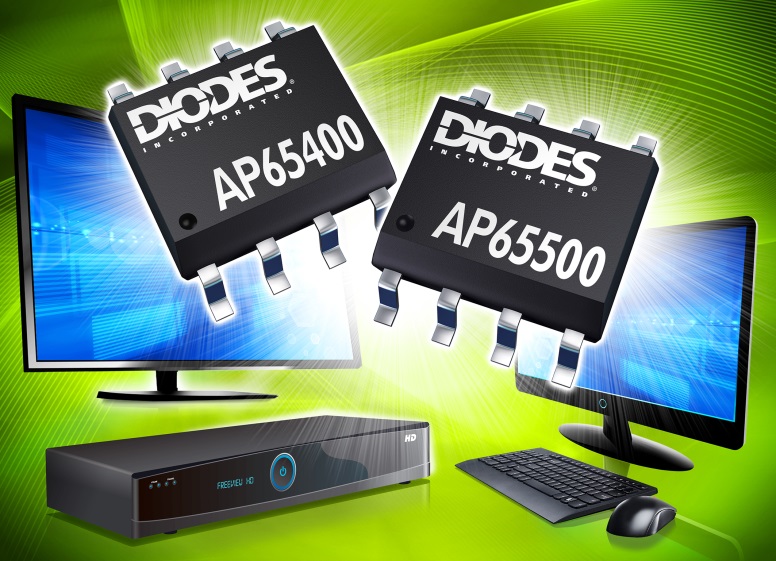Vishay OPTOELECTRONICS – Mid-range Infrared Sensors for Object Detection and Ranging
The mid-range sensor series consists of two basic types. The first type, called AGC 0, are sensors
whose gain is fixed to enable reproducible object detection in variable ambient lighting conditions.
The “0” signifies “no AGC”. These sensors are suitable for both reflective and interruptive (such as a
light curtain) sensor applications. The other type, called AGC P (for proximity) contain an automatic
gain circuit optimized to provide differential range information. These types are useful for reflective
sensor applications where information about an object’s movement toward or away from the sensor
must be captured.
KEY BENEFITS
• Interrupter sensor: fixed gain type (AGC 0) with a fast 300 μs reaction time in light curtain and
perimeter guard applications up to 30 meters
• Reflective sensor: either for object detection applications (AGC 0) or object ranging
applications (AGC P), effective range from 0.2 to 2 meters
APPLICATIONS
• Safety switches for garage door, elevator door, gates and industrial light curtains
• Reflective sensors for toilet, urinal, faucet, hand dryer and towel dispenser
• Navigational sensor for robotics
• Sensor for large format touch panels
• Object detection in vending machines, parking lots, ATMs and many others
Mid-Range Detection
Standard IR remote control receivers have long been used for midrange
detection of objects. Most remote control receivers contain
an automatic gain circuit to adjust their detection threshold depending
on the amount of ambient light and optical noise present. This
can cause two problems:
• In noisy environments, the gain of the amplifier may adjust
itself to such a low level that sensor responsiveness diminishes
or even cuts out entirely
• With low ambient light, the receiver gain can become too sensitive and falsely detect reflections or stray signals
from the emitter
Vishay’s TSSP4038, TSSP58038, TSSP6038, TSSP77038 and TSSP57038 eliminate these problems by featuring a fixed
gain. With a fixed gain the detection threshold and resulting detection distance is fixed. Once the design of the optical
parameters such as the intensity of the emitter, the aperture in front of the receiver, and the alignment of emitter and
detector are determined, the sensor will have stable, repeatable performance under all lighting conditions. The output of the
sensor is the demodulated signal of the emitter (typically transmitting modulated bursts at e.g. 38 kHz or similar frequency).










